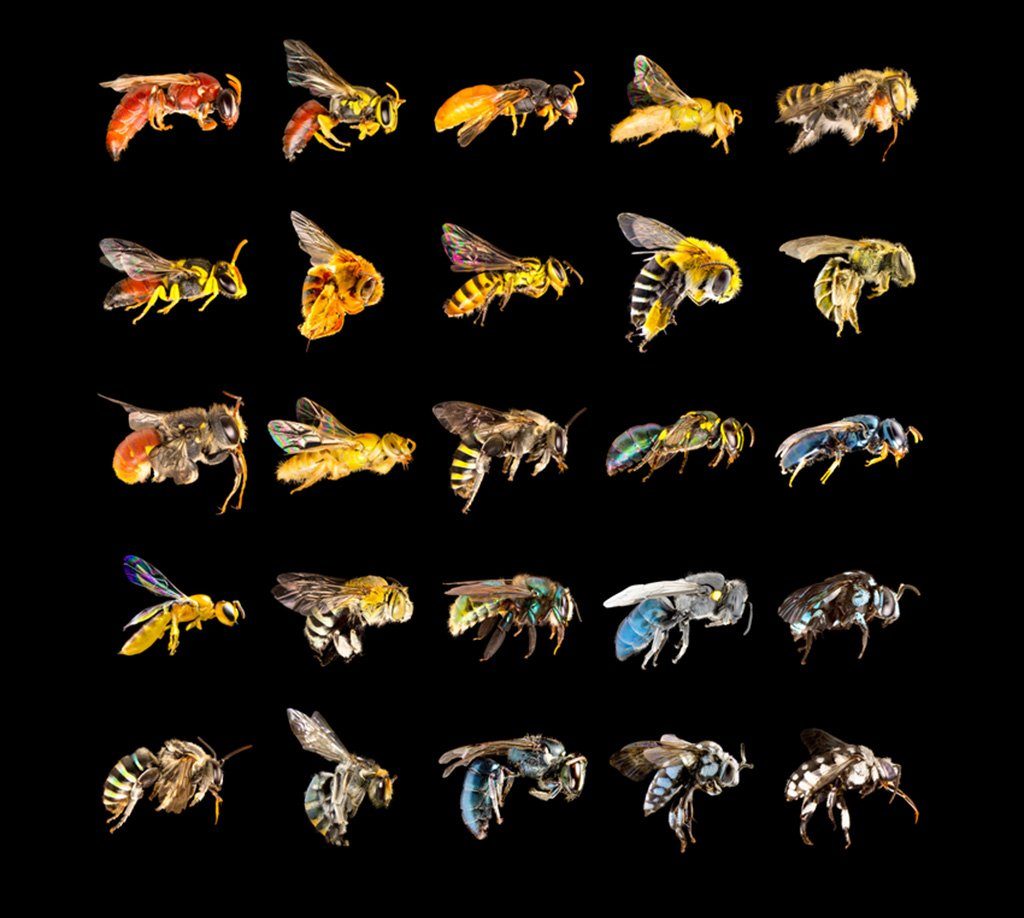
These colorful wild bees are part of Australia’s rich insect fauna. However, some species of bees are now particularly threatened by the great bushfires of recent years, according to Australian biologists.
From mid-2019 to early 2020, Australia faced extreme bushfires that burned a total of around 24 million hectares of land. This also had devastating consequences for the animal world: It is estimated that more than three billion animals died in the fires, including many representatives of endangered species of marsupials and reptiles.
A study led by biologists at Flinders University in Adelaide has now looked at the effects of fires on different types of bees. A total of 553 different species were examined, which is around a third of all species living on the continent. Nine species have been classified as endangered, two even as threatened. “Our research is a call to governments and decision-makers to provide immediate relief to these and other endangered indigenous populations,” says lead author James Dorey.
Co-author Olivia Davies adds that “most people are not aware of how vulnerable our wild bees are because they have not been researched enough.” Also, the fact is that not a single Australian bee species is on the Red List of Threatened Species Finding the World Conservation Union is a sign of “how much this important species has been neglected.”
In the opinion of the team, such an inventory would also be important for the other animal species that have hardly been examined so far and are not represented in databases or on the Red List. This is particularly true with regard to the worldwide increase in forest fires in the course of climate change and other natural disasters that are occurring more and more frequently.
A new model-based method of evaluation could help, through which existing data can be used to assess the impact of natural disasters on different species and ecosystems. “Targeted data collection will always be the gold standard, but we shouldn’t let data gaps deter us from taking action to protect species we know are endangered,” said Dorey.